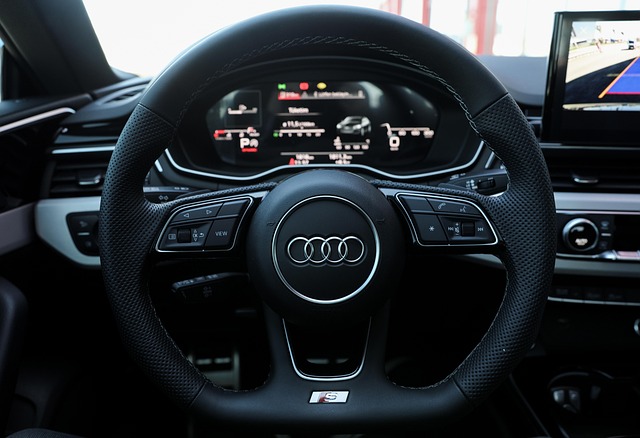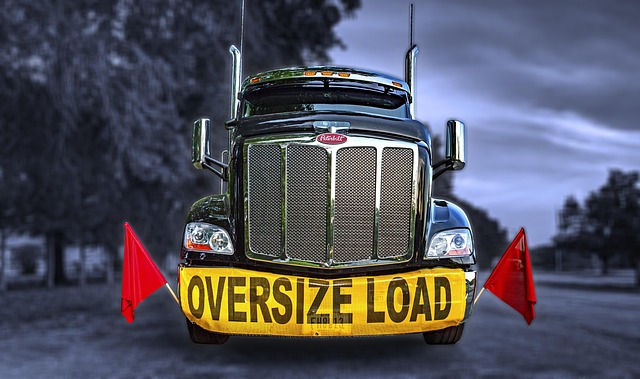Learn how to navigate the process of registering your car in California with our comprehensive guide. This step-by-step tutorial covers everything from understanding state requirements for car registration, gathering essential documents for VIN verification, and performing a crucial VIN check. We’ll walk you through selecting a license plate and completing the registration online or in-person, plus guide you on paying California’s associated fees. Simplify the process today with our expert advice on vin verification.
- Understand California Car Registration Requirements
- Gather Necessary Documents for VIN Verification
- Perform Vehicle Identification Number (VIN) Check
- Choose a License Plate and Register Online or In-Person
- Pay California Car Registration Fees
Understand California Car Registration Requirements

Before registering your car in California, it’s crucial to understand the state’s specific requirements. One key aspect is ensuring the vehicle’s Vehicle Identification Number (VIN) is verified accurately. This process, often referred to as VIN verification, plays a vital role in establishing the car’s history and authenticity. California requires this verification as part of its registration procedure, ensuring that all vehicles on its roads are legitimate and safe.
A mobile vin verifier or even a simple vin inspection can help you meet these requirements. By providing your vehicle’s unique 17-digit VIN during the registration process, you’re taking a significant step in making sure your car is compliant with California’s regulations. This includes checking for any prior accidents, outstanding liens, or other issues that might affect your registration and overall ownership experience.
Gather Necessary Documents for VIN Verification

To initiate the car registration process in California, you’ll first need to gather essential documents for VIN (Vehicle Identification Number) verification. This step is crucial as it ensures the accuracy of your vehicle’s information and facilitates a smooth registration experience. Key documents include the title or registration certificate from the previous state, if applicable; proof of insurance; and a valid driver’s license. Additionally, you’ll require a completed California Vehicle Registration Application form, which can be obtained online or from a local DMV office.
For convenience, many services offer mobile VIN verification and inspection, allowing you to complete this process without visiting a DMV facility. These mobile options provide an efficient way to verify your vehicle’s history and documentation, ensuring compliance with California’s registration requirements before finalizing the car registration.
Perform Vehicle Identification Number (VIN) Check

Before you begin the registration process, it’s crucial to perform a Vehicle Identification Number (VIN) check. This step is essential for ensuring that your vehicle’s details are accurate and valid. A VIN verification helps cross-reference critical information about your car with databases, confirming its make, model, year, and other specifications. By doing so, you can avoid any discrepancies or fraud that might delay the registration process.
Consider opting for a mobile VIN inspection or vin verification service to streamline this task. These services offer convenience by allowing you to complete the check from the comfort of your home or on-the-go. A simple online or phone-based vin inspection can save time and eliminate the need for visits to dealerships or registration centers, making the overall car registration process much smoother.
Choose a License Plate and Register Online or In-Person

After completing your vehicle’s purchase and undergoing the necessary DMV inspections, including a crucial vin verification process to ensure the car’s authenticity, it’s time to select a license plate and finalize your registration. You have two convenient options: register online or visit a local DMV office in person.
Choosing an appealing and unique license plate is an often-overlooked step. California offers various designs, so pick one that reflects your style. Once decided, you can easily register your vehicle through the DMV’s official website, utilizing their secure online system. Alternatively, visiting a DMV field office allows for in-person registration, where a representative will guide you through the process and handle any additional paperwork promptly. Consider using a mobile vin verifier to streamline the initial verification step if you opt for an in-person visit, making your experience at the DMV even more efficient.
Pay California Car Registration Fees

After completing the registration application, it’s time to cover the costs associated with registering your vehicle in California. The state requires all vehicle owners to pay a registration fee, which funds road maintenance and other transportation-related services. This fee varies based on several factors, including the type of vehicle and its emission standards. One essential step before payment is to ensure accurate vin verification by providing your Vehicle Identification Number (VIN) during the application process.
You can opt for a variety of payment methods, typically available online or at designated registration centers. The California Department of Motor Vehicles (DMV) offers both in-person and mail-in registration options. For added convenience, some services provide mobile vin inspection or vin inspection options, allowing you to complete the verification process from the comfort of your home or on the go.
Registering a car in California involves several straightforward steps. By understanding the state’s requirements, gathering essential documents for VIN verification, completing the vehicle identification number (VIN) check, selecting a license plate, and paying the associated fees, you can ensure a smooth process. Remember to keep your registration up-to-date to avoid penalties and maintain legal compliance on California’s roads.
